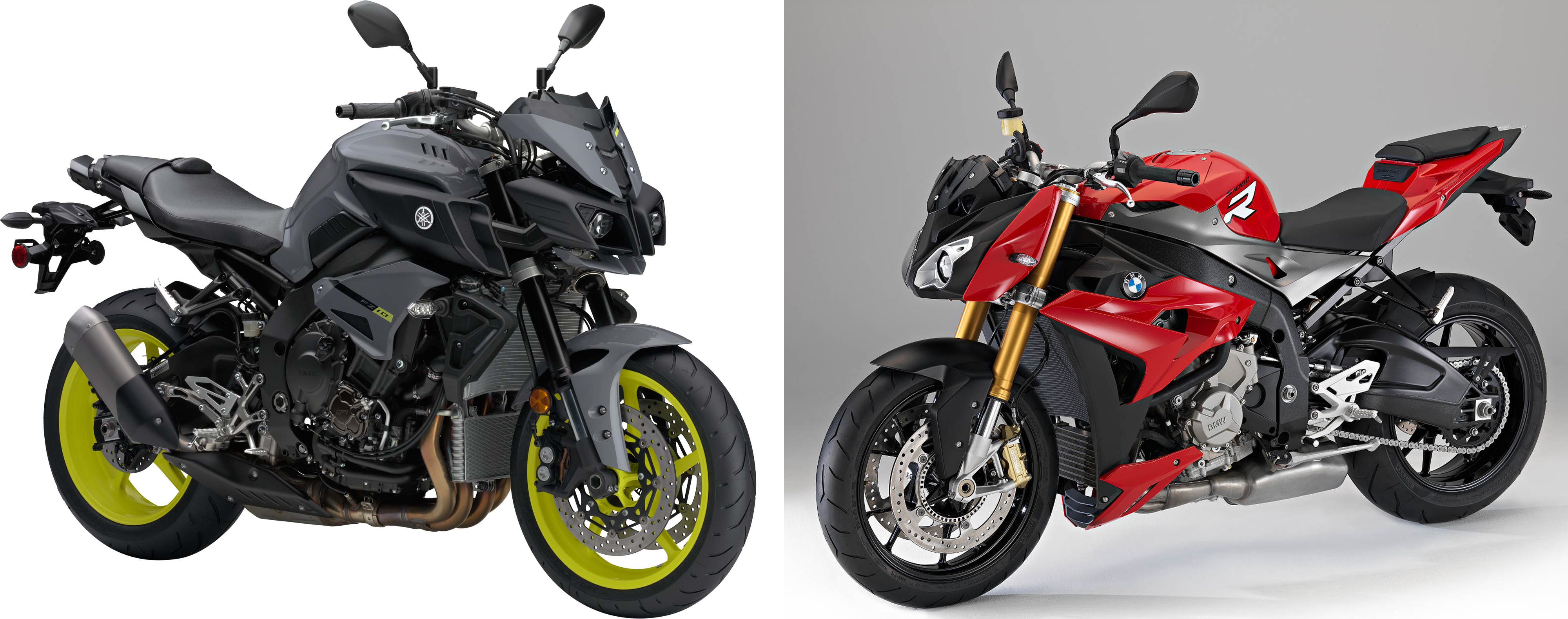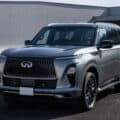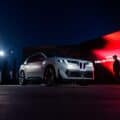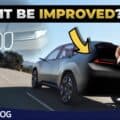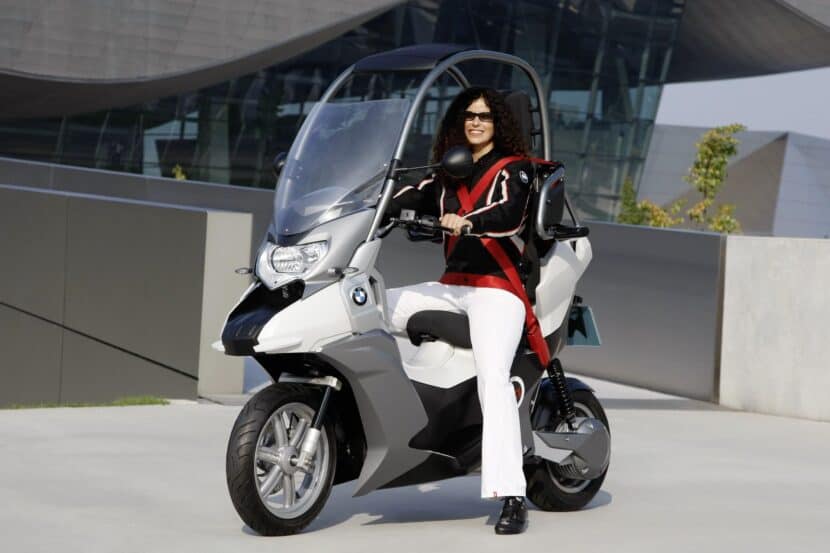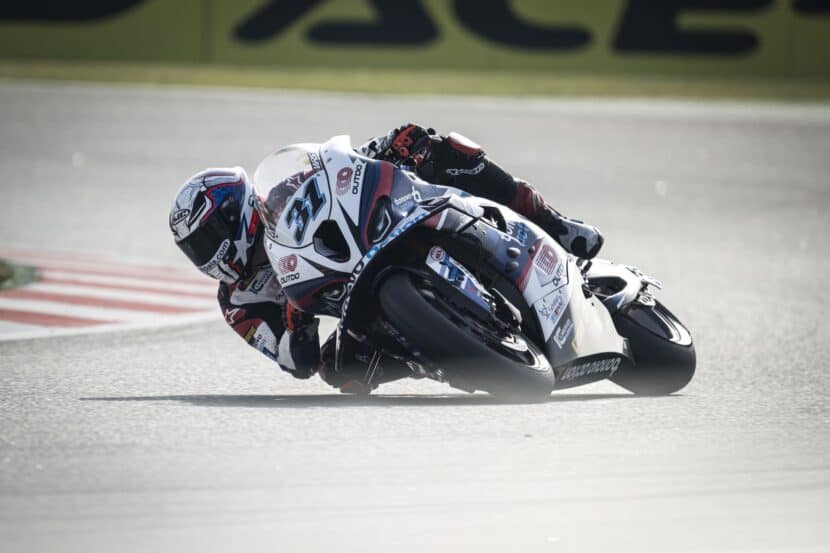If you’re a frequent visitor to BMWBLOG, you may already know that we are quite smitten with BMW’s S 1000 R roadster. I personally regard it as one of the best road-bikes available. And while the competition in its particular segment has been great, as well, with bikes like the Triumph Street Triple R and KTM Superduke, a new contender has been garnering quite a bit of praise.
 As for the looks, the FZ-10 is rather controversial. It seems to me that it’s just one of those designs that people either immediately like or dislike. Some have described it as looking like a creature from an alien movie, while to me it appears a bit like Wall-E. Either way, it is a rather striking design, with futuristic influences that separate it from the rest of the pack. Speaking for myself, I quite like the way it looks.
As for the looks, the FZ-10 is rather controversial. It seems to me that it’s just one of those designs that people either immediately like or dislike. Some have described it as looking like a creature from an alien movie, while to me it appears a bit like Wall-E. Either way, it is a rather striking design, with futuristic influences that separate it from the rest of the pack. Speaking for myself, I quite like the way it looks.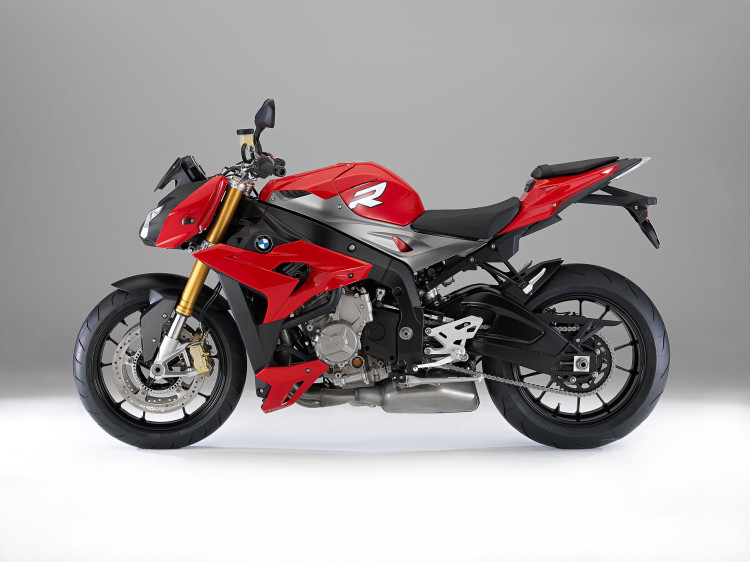
The BMW S 1000 R, too, has a controversial design, and is derived from a much loved supersport. In fact, the BMW and Yamaha are similar in numerous ways. For starters, they are both motivated by a 4 cylinder power plant. The BMW’s engine is just one CC larger in displacement, at 999cc. The two bikes can hold almost the same amount of fuel, with the Yamaha’s capacity at 4.5 gallons and the BMW’s at 4.6, respectively. Too, both bikes are highly adjustable, and can be fitted with the latest technologies.
When discussing weight, the Beamer appears more agile on paper, weighing just 456lbs wet. The Yamaha weighs in at 463lbs wet. Yet, the Yamaha has a slightly shorter wheelbase, undoubtedly contributing to the positive reviews its received regarding its composure on twisty roads. At just 55.1 inches, it has the same wheelbase as its smaller sibling, the FZ-07. The BMW’s wheelbase is 56.7 inches.
Now, if someone is looking to buy a 1000cc class naked bike, it is probable that power output is going to play a factor in their determination process, possibly swaying them to one bike as opposed to another. Though, this isn’t likely to be as important to them as it is to supersport consumers, I postulate. The two bikes are also neck-and-neck in this regard. The Yamaha produces 158HP, and the BMW produces 160HP. In addition to standard ABS on both bikes, they both also feature wet-slipper clutches to enable the rider to enjoy more of that power whilst being able to maintain more control.
In conclusion, these bikes are quite comparable. Even in terms of price, with the BMW costing a mere $496 more, based on manufacturer suggested retail prices. However, we mustn’t forget that the Yamaha is being introduced as a MY2017 vehicle, whereas the current S 1000 R has been around since 2014, and a mid-life refresher is not too far into future. All things considered, what I can say with relative certainty is that this segment is no longer safe for the European manufacturers, and they will have to step up their game if they seek to maintain their preeminence in the naked-roadster category.
Visit the Author on Instagram @MikeAndHisBikes


